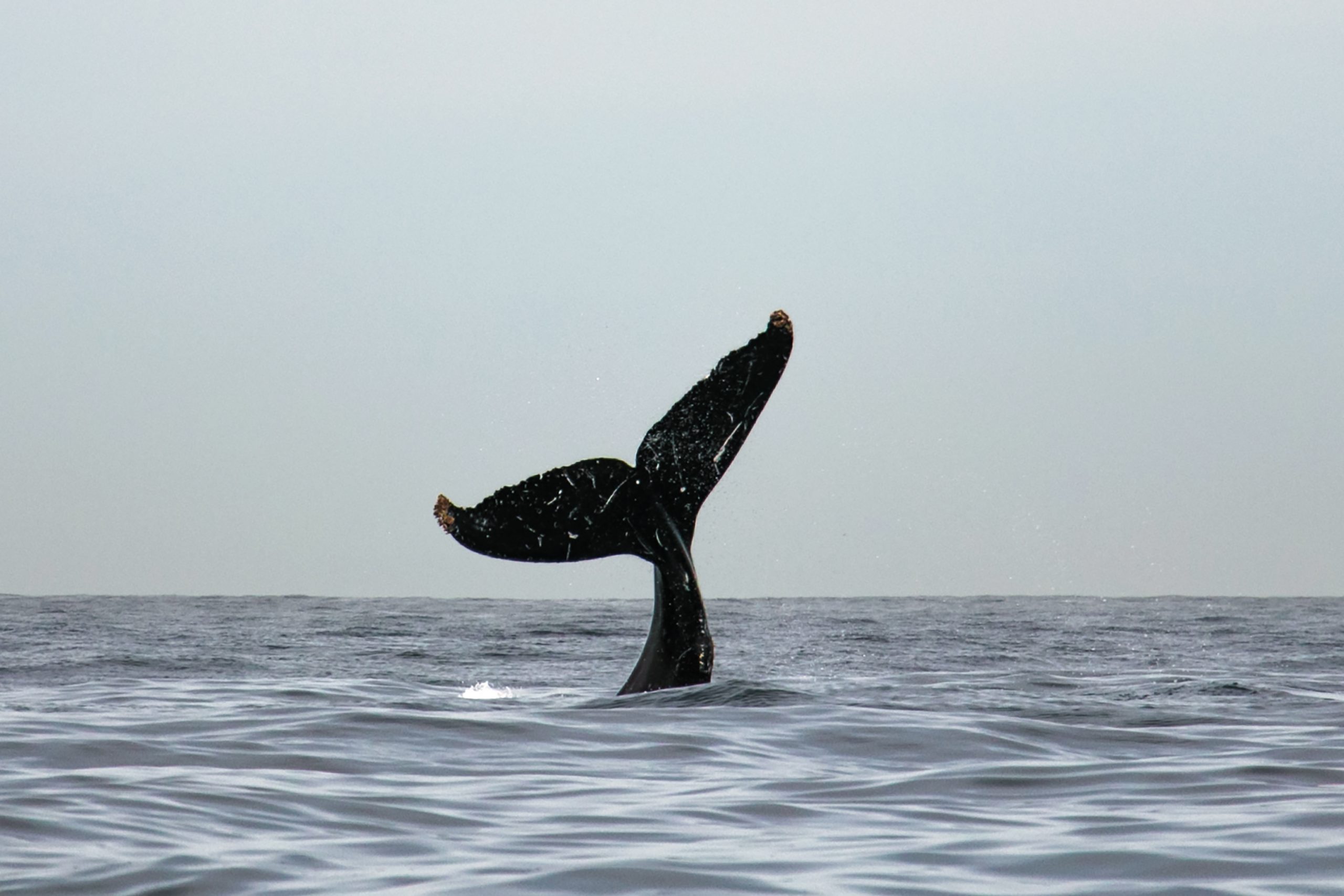Marine Mammal research/ scientific permits/ agreements
Research and monitoring
- Last updated | 18 August 2023
Research should seek to improve the understanding of the ecological and socio-ecological functioning of the MPA [1]. Marine mammals, in particular, are often very difficult to study, resulting in gaps in our knowledge of their status, ecology and vulnerability to threats. Research, therefore, plays a valuable role in filling these knowledge gaps and informing MPA management in ways to mitigate threats and meet the purposes of the MPA.
MPAs can provide important and unique research opportunities because by design they are often less impacted by anthropogenic activities. Often, the most pristine and important remaining area for some species. Some factors can be better controlled within an MPA (ie. fishing-free zones). Allowing research within an MPA also allows MPA managers to assess the performance of the MPA [2].

Large knowledge gaps will usually exist in relation to the conservation of marine mammals in an MPA, ranging from habitat usage, population trends, the impact of human activities in the MPA, to the economic impacts of management decisions on users, and many more. Full establishment of research in order to fill all knowledge gaps is impossible. Therefore, MPA management should conduct or promote research that is most urgent or critical to achieving the objectives of the MPA [1].
A research permitting system is essentially a formal application process for research. It will often be administered by a government agency, but when the research is to be conducted within an MPA, it may be assessed by MPA management. The permit application allows management to ensure that research conducted in the MPA is to the benefit of the MPA and its management goals.
Some research activities may have intended or unintended impacts on marine mammals or their habitats. Therefore, MPA managers can weigh up the possible ecological cost vs the benefits of the proposed research. Some factors that may be considered include:
The research permitting system also allows MPA management to easily catalogue current and previous research in the MPA in order to evaluate as well as guide research within the MPA. Marine mammal research activities and partnerships can more easily be publicised and justified in publicly available documents.
The Great Barrier Reef is, unsurprisingly, the focus of much research, including into marine mammal ecology and the processes that threaten them. The agency formally sets out its research priorities every five years, incorporating a range of criteria, and engages with researchers from different organisations through a series of long-term formal relationships. Research permits are jointly issued by the agency and the Queensland Parks and Wildlife Service, and the assessment process is open and transparent.
Great Barrier Reef Marine Park Authority Science Strategy and Information Needs 2014-2019, GBRMPA, Townsville
Research Permit Guidelines
[1] PDF: Kelleher, G. (1999). Guidelines for Marine Protected Areas. IUCN, Gland, Switzerland and Cambridge, UK. xxiv +107pp
[2] Web page: Australian Government: Science and the Great Barrier Reef
[3] PDF: Ocean Science Trust: A Framework for Informing Permitting Decisions on Scientific Activities in Marine Protected Areas
[4] Web page: Marine Mammal Protected Areas Taskforce – Important Marine Mammal Areas
If you would like to get in contact with us, please use the button below.
Copyright 2022 © All rights Reserved. Design by piknetart.com